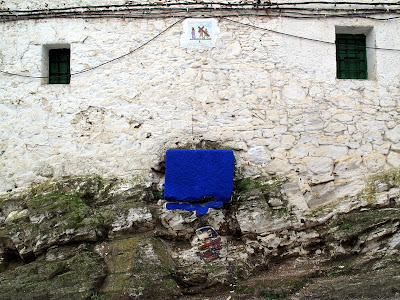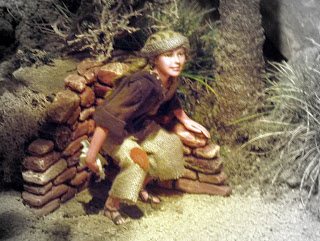Quintos - Weighed, Measured and found to be drunk!

Los Quintos of 2010 getting ready for the changeover by painting designated surfaces Dear citizens of the world, Although it might not seem like it, we are living in times of relative peace. European nations such as Spain and France gave up manditory military service at the end of the 20th century. However, traditions in Spain die hard. Los Quintos are the people who are turning 18 over the coming year. In the past, they would be weighed and measured in the city hall for their military service. Those found to be too short or too fat might be pardoned. In general, most would have to go and the unlucky ones would end up oversees in Western Sahara. The name Quintos comes from 1/5. Spanish Kings in the 15th century ordered that one-fifth of all men " Contribute Blood " by doing military service. They did not beat around the bush when they gave it that name... Los Quintos have changed in name and form in modern times. Now it is often written with a K as Kintos (Email and SMS texti...

